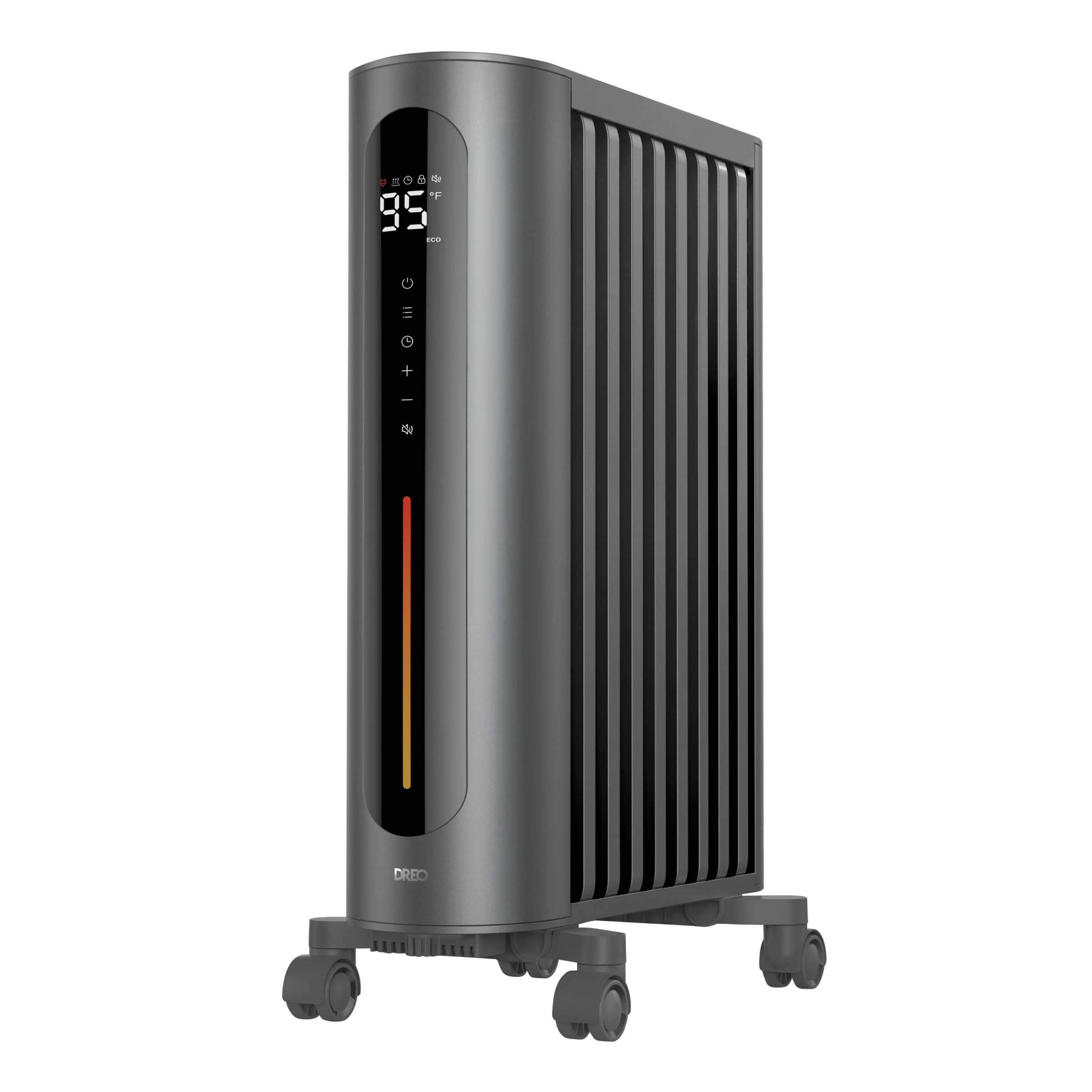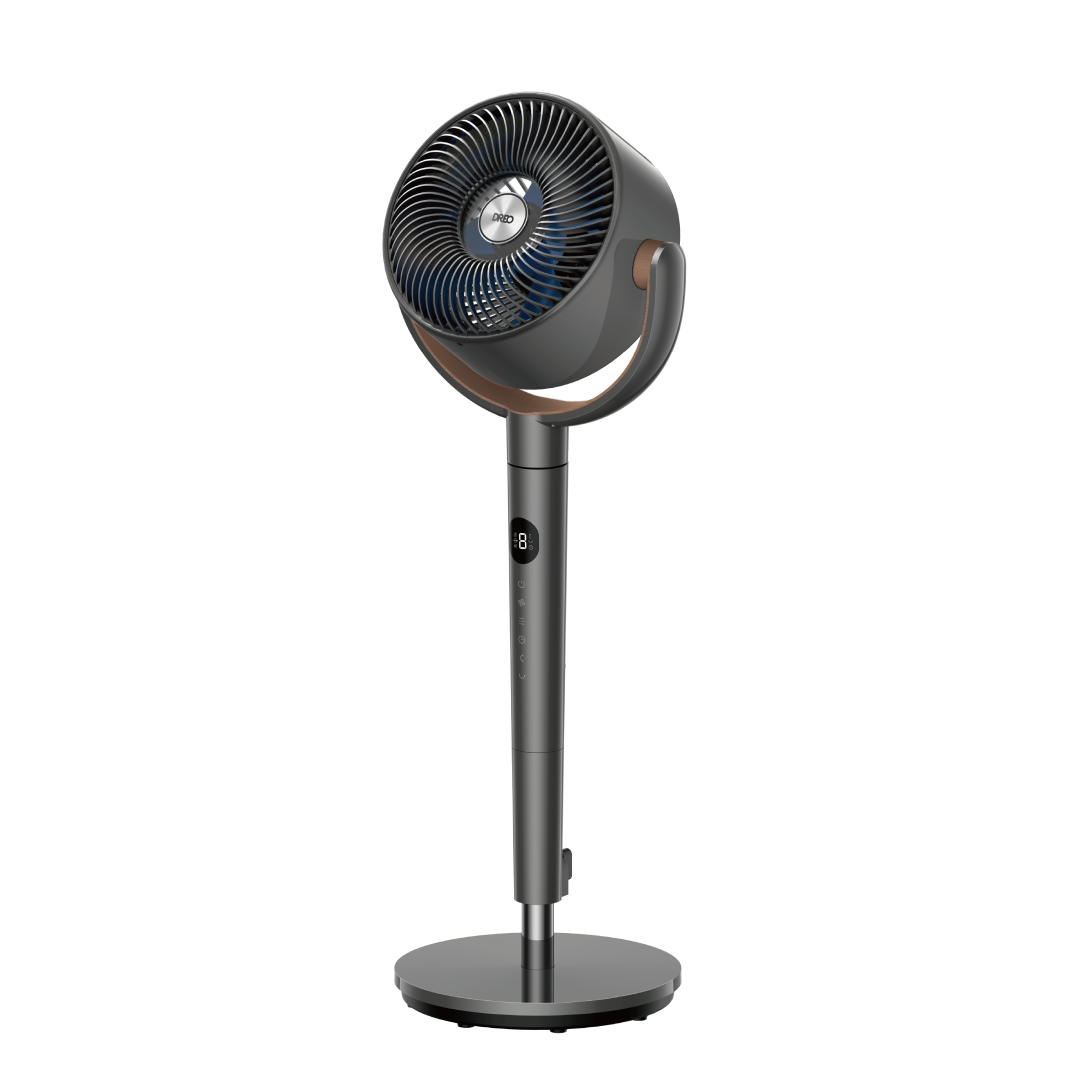You know what's not supposed to be in your morning glass of water? Lead. Yet for many households, especially those with older plumbing, it's an unwelcome guest that's hard to detect and even harder to remove without the right help. The good news? You can take back control, starting with a better understanding of what actually works when it comes to
water filters.
Where's the Lead Coming From?
It's not usually the water source itself, but rather the delivery system. If your home was built before 1986, there's a fair chance that the pipes or solder joints could be contributing to contamination. As water flows through, corrosion can release lead particles, making their way right into your kitchen tap. The problem is invisible, tasteless, and odorless, making it hard to catch until it's already a concern.
The Risks of Lead in Water
Lead is toxic, period. For children, even low levels can affect brain development and cause behavioral issues. Adults face increased risks of high blood pressure, kidney damage, and reproductive problems. And boiling your water? That doesn't remove lead, it actually concentrates on it. Which means your "clean" cup of tea could be more hazardous than it looks.
Can Filters Actually Remove Lead?
Yes, but not all of them. While standard pitcher filters can reduce chlorine and improve taste, they rarely tackle heavy metals like lead. To be safe, choose filters certified under
NSF/ANSI Standard 53
for lead reduction—or, better yet, go with a reverse-osmosis (RO) system such as the
DREO Water Filter 511, which is widely recognized for removing a long list of contaminants.
With its 7-stage filtration system, it takes the guesswork and the toolbox out of the equation entirely. This powerful system removes up to 1,000 contaminants with 99.99% efficiency, delivering deep and reliable purification in every drop:
-
PP Cotton – Acts as the first defense, blocking visible particles like sand, rust, and other sediment.
-
Coconut Shell Activated Carbon – Targets chlorine and odors, restoring a cleaner, more natural taste.
-
Scale Inhibitor – Helps prevent mineral buildup that can damage the RO membrane over time.
-
RO Membrane – Delivers high-level filtration by removing heavy metals like lead, fluoride, arsenic, and PFOA/PFOS.
-
Nano Silver – Supports hygiene by slowing down bacterial growth inside the system.
-
Fiber Activated Carbon – Refines water texture and flavor in the final stage.
-
Polypropylene Layer – Protects and stabilizes the internal filter structure for long-term performance.
t plugs in and starts purifying with just two flushes, doing more than just saving time. Even better, it fits into everyday routines without a steep learning curve or the need for major plumbing work.
Is It Eco-Friendly?
The best part? You don't have to choose between safety and sustainability. Take the
DREO Water Filter 511 for example. It delivers a 3:1 pure-to-drain ratio, making it one of the most efficient RO systems available. It can purify up to 1,050 gallons (4,000L)—the equivalent of about 8,000 single-use 500ml plastic bottles. That's a big win for your water bottle, your wallet, and the planet.
How Do You Know If You Need One?
If your city has issued water quality warnings in the past, or you've never updated your pipes in an older home, you might be at higher risk. Metallic taste? Check. Cloudy or off-smelling water? Double check. But even in newer buildings, lead can still sneak in through municipal connections. If you're unsure, a simple home water test kit can give you a clearer picture.
And let's face it—there's no downside to having cleaner water. Whether you're filling a baby bottle, prepping vegetables, or just trying to hydrate without second-guessing, it's comforting to know your filtration system isn't phoning it in.
Final Takeaway
Safe, lead-free water doesn't have to mean complicated setups or hard-to-interpret specs. With the right filtration system like the
DREO Water Filter 511, you can make every sip cleaner, every refill easier, and every day just a little healthier — no plumbing degree required.


















































